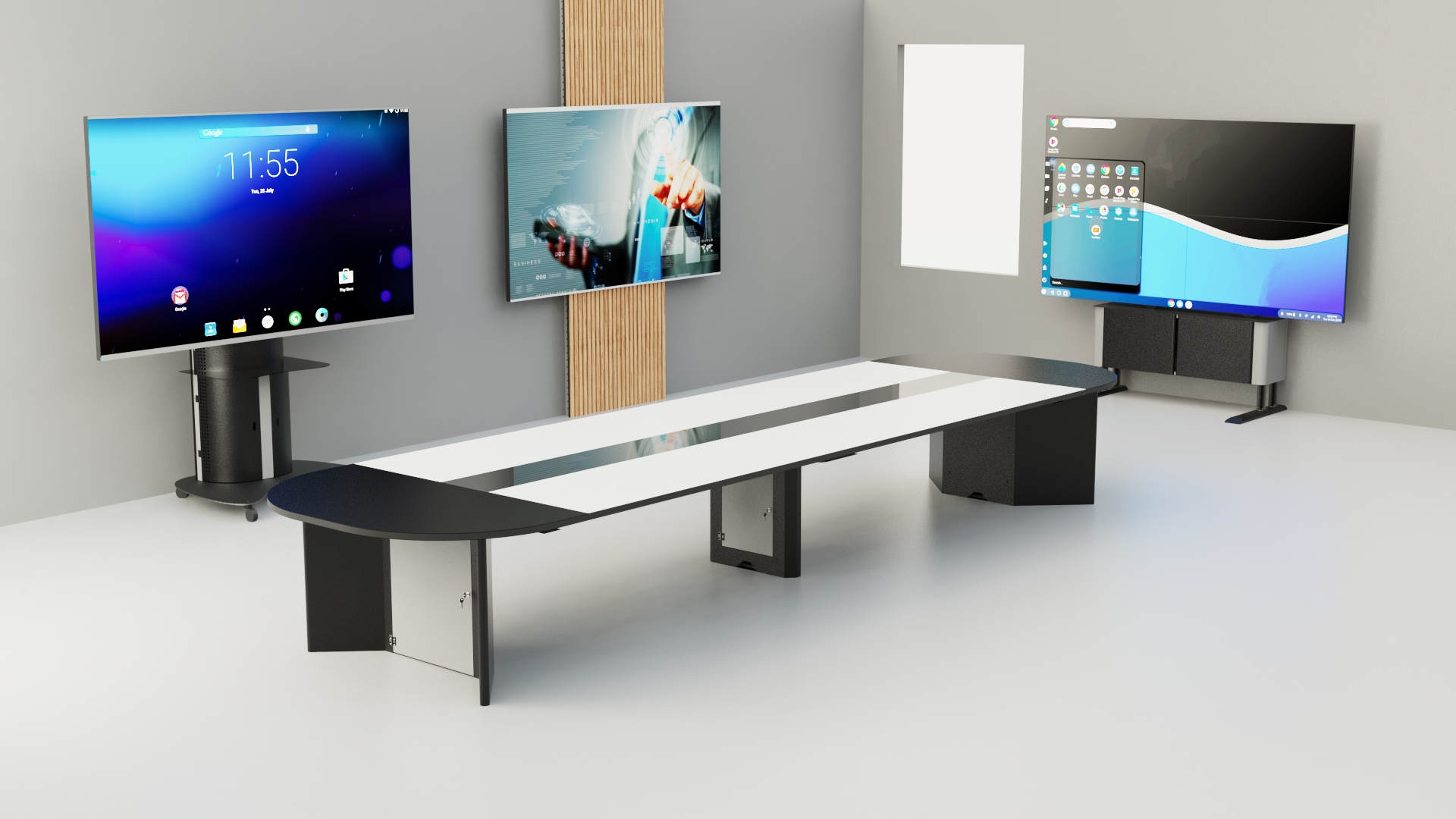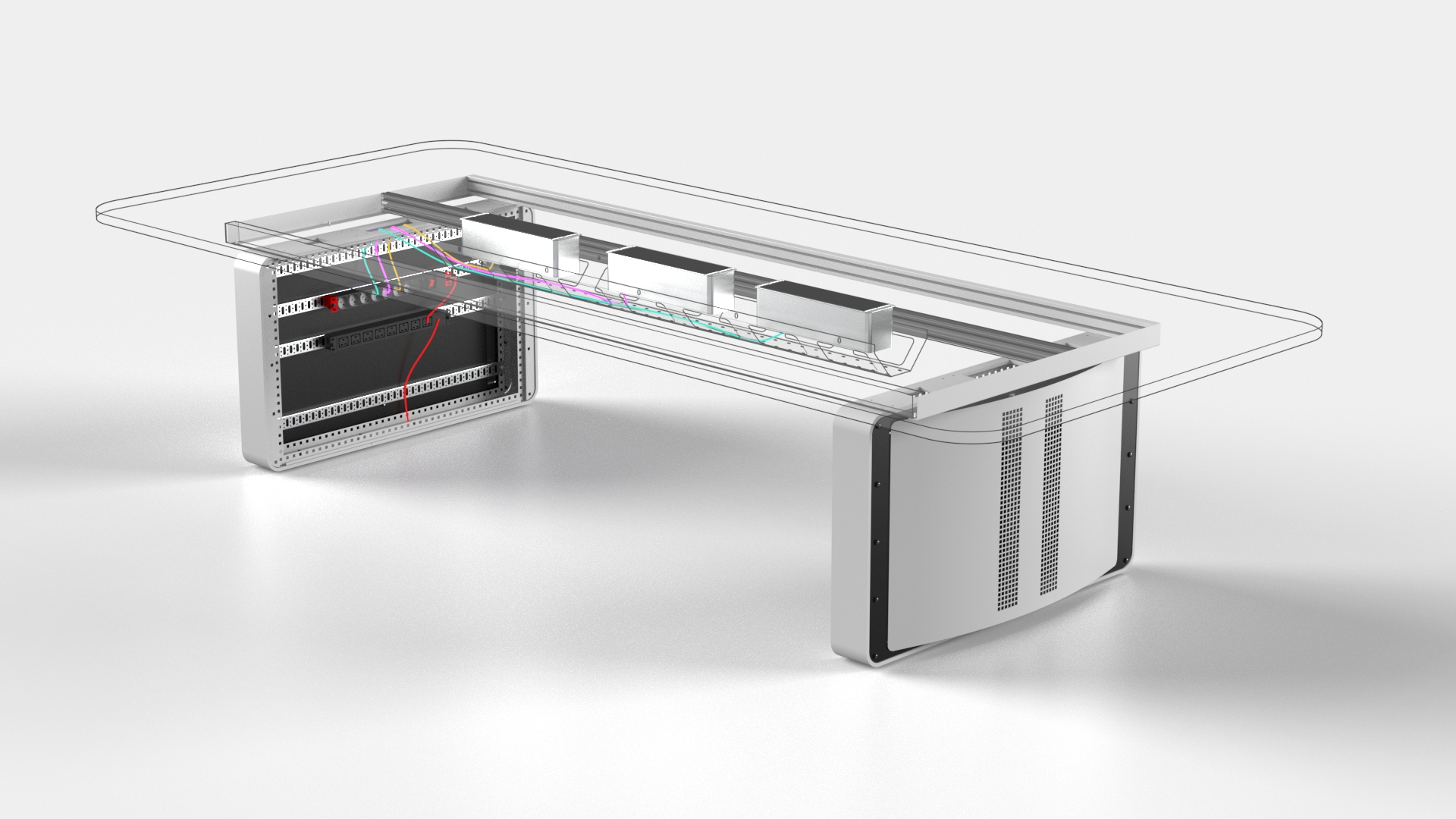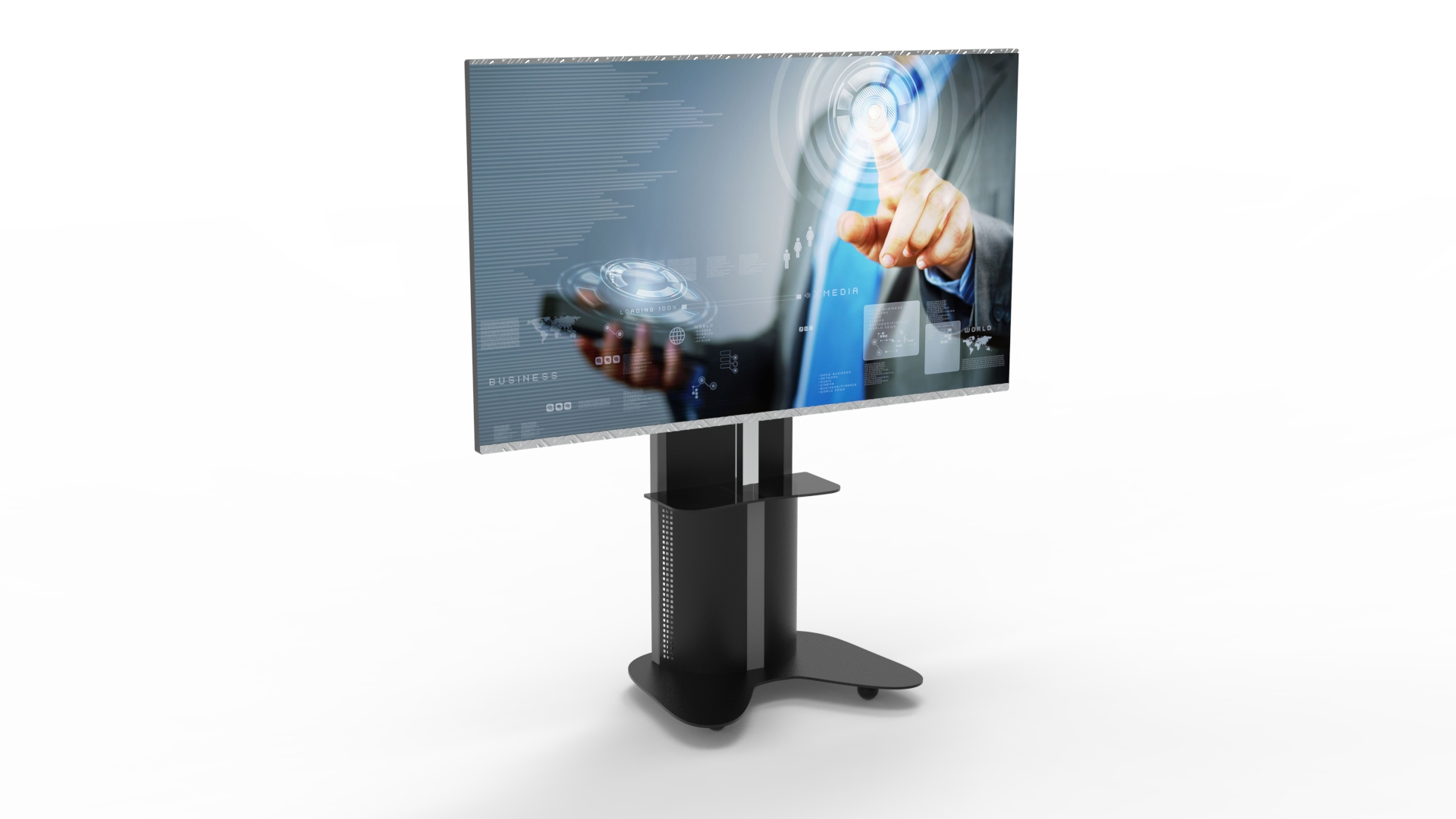

Hybrid work is a model that combines in-person (physical) work and remote work. In this system, employees can alternate between working in the office, where they interact face-to-face with colleagues, and working from home or other locations. This approach offers more flexibility and can contribute to a better work-life balance.
The main advantages of hybrid work include:
1. Flexibility: Employees can choose when and where to work, which can increase their productivity and job satisfaction.
2. Costs reduction: Companies can reduce costs related to physical spaces, while employees can save time and money on travel.
3. Improved quality of life: The ability to work from home or in other settings can contribute to a better balance between work and personal life.
4. Access to global talents: Companies can recruit talent from multiple locations, significantly expanding their candidate pool.
However, hybrid work also presents challenges, such as the need for effective communication, team integration, and managing company culture in a blended environment.
Hybrid meeting rooms are usually medium-sized conference spaces, designed to facilitate meetings involving both the participants present in the room and those remotely connected . These environments are equipped with innovative technologies that allow fluid and interactive communication and sharing of content in real time.

To ensure the efficiency of a hybrid meeting room, it is essential to equip it with the right technologies. Among these, we find:
You need a good medium/large display equipped with quality cameras and audio systems (both input and output) to allow:
Video display technology can consist of a monitor connected to a separate conferencing device or of a smart monitor that comes with integrated software.
Document sharing, annotation and real-time project management are essential elements in a next-generation meeting room. These functions can be performed by interactive multimedia whiteboards or content management software.
A hybrid meeting room must be designed with attention not only to the technological aspects, but also to the ergonomics and functionality of the spaces. One of the most significant challenges is cable management.
Inside a hybrid meeting room there is various equipment such as monitors, cameras, microphones, speakers etc.. Effective cable management not only improves the aesthetics of the space, but also contributes to a safer and more functional work environment. Messy cables can generate:
The meeting table of a hybrid meeting room shall reduce and simplify the cable flows.
However, companies are recommended to look for all-in-one hybrid meeting room solutions, which provide all the tools needed for hybrid meetings with minimal hardware requirements.
The meeting tables designed by Bosco are smart because:
1) They have multiple levels of cable passages:
2) They can be accessorised with cabinets equipped with 19” rack units, a standard component installation system that allows the most widely used electronic and IT equipment to be housed and fixed (multi-sockets, switching, computers, etc.);

Meeting table Tekno Series - cable passage and multisockets detail
Bosco offers a range of selected products for sharing and managing content in real time during company meetings.
Bosco smart displays and whiteboards:

In the current context, hybrid meeting rooms are no longer an option, but a necessity for companies that want to remain competitive and attractive. Investing in these spaces means investing in the future of work, creating inclusive, flexible and productive environments. Organizations that embrace this change will find themselves not only improving internal communication, but also fostering a climate of collaboration that can translate into extraordinary results.